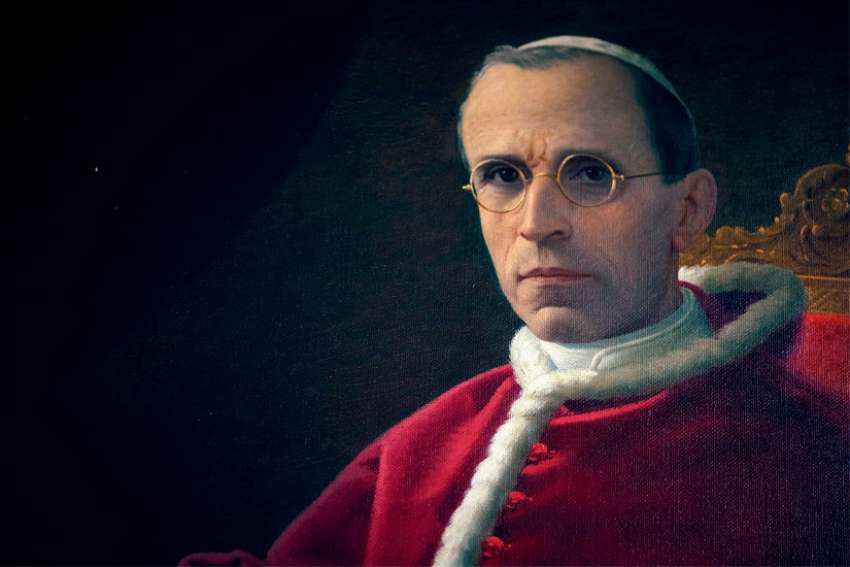David Kertzer’s newly released The Pope at War: The Secret History of Pius XII, Mussolini and Hitler proposes that Pius was neither the hero nor the villain of the Holocaust.
“That’s the thesis of my biography, which is 10 years old now,” King’s University College history professor and interim dean Robert Ventresca told The Catholic Register.
Ventresca’s 400-page, 2013 biography of the Pope Pius XII was titled Soldier of Christ: The Life of Pope Pius XII.
Questions of whether or not the pope’s silence on what was happening to Jews across Europe made Hitler’s “final solution” worse, or of the pope’s personal culpability, are in some ways unanswerable, said Ventresca.
“There is still a veil around Pius XII himself in terms of ultimate decision-making,” he said.
While the Vatican archives include thousands upon thousands of pages and minutes of thousands of meetings, there’s nothing that would tell a researcher how Pope Pius XII felt or reacted to information flowing into the Vatican from all over Europe.
“We’re still sort of stuck looking for someone to blame or for some hero,” said Ventresca. “Well, there’s the nuance we’re trying to do and I wish people would give that nuance more attention.”
The Pulitzer Prize-winning Kertzer has a talent for making complex historical research accessible to ordinary readers outside the academic world, said Ventresca. But for specialists, Kertzer’s work is unlikely to shift the consensus on the historical record.
“None of the names, none of the figures, none of them are new to me,” Ventresca said. “Even the meetings, for example. You’ve got these high-level secret talks — you know, back channels to Hitler. That’s all known. It was known in the middle of the war.”
At the cutting edge of historical research about the papacy during the war, there are other questions that need to be asked, the historian said.
“Let me tell the story that I think the documents need us to tell,” he said. “It’s not whitewashing. People will say, ‘You’re apologizing.’ Not at all. It’s just to say, ‘This is the reality.’ ”
Ventresca’s own research is pushing him to explore the continuity between Pope Pius XII’s work during and after the Second World War and Pope Benedict XV’S work during and after the First World War.
“That’s the story that really remains to be told,” he said.
Pope Benedict XV responded to famines in Ukraine and the Soviet Union, the Armenian genocide and vast displacements of populations from the former Ottoman Empire by setting up a network of humanitarian relief organizations, including the Pontifical Mission for Palestine, which came to be known as the Catholic Near East Welfare Association in North America. Pius XII inherited these networks and put them to work on behalf of orphans, refugees and prisoners of war during and after the Second World War.
“The vast majority of the documentation is about ordinary people — many of them Jews, but not only Jews — asking for the pope’s intervention in specific cases, or issues about organizing relief for refugees and for prisoners of war. That’s really what the Vatican focused its resources and energies on,” said Ventresca.
This humanitarian work was not without a certain political bias, mostly aimed at protecting the interests of the Church.
“The Vatican was worried about losing these children to communism. They were worried about radicalization in post-war Germany after the Second World War,” Ventresca said.
The biases of the time are unsurprising, particularly given a papal curia that consisted then almost entirely of Italian prelates who had risen through the ranks.
For Catholics today, the evolution of humanitarian work between Benedict XV and Pius XII as a focus of the Holy See is exactly the backstory people may need to understand Pope Francis’ obsessions with migrants, refugees and development.
The five-year-old Dicastery for Promoting Integral Human Development, now under the direction of Canadian Cardinal Michael Czerny, is not something Francis invented out of thin air but a natural evolution of the work begun by Benedict and carried forward by Pius, said Ventresca.
“It’s absolutely in line, in continuity,” he said.


